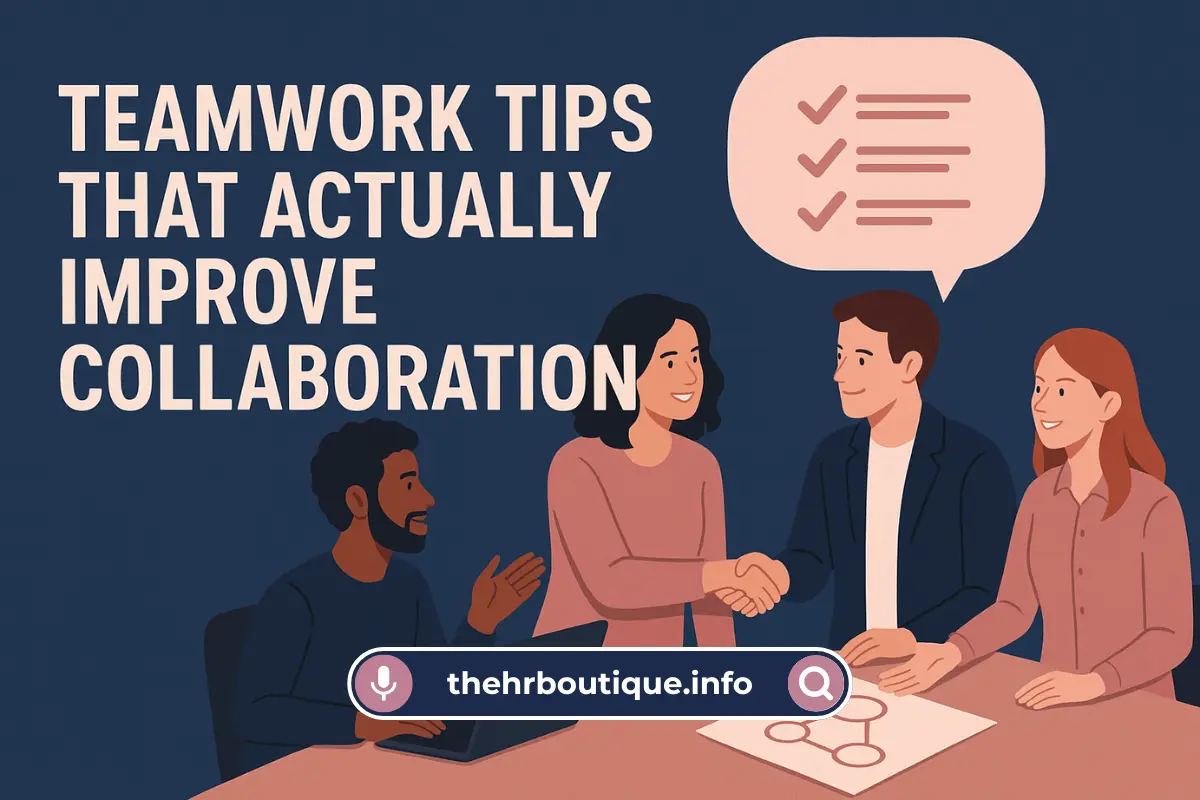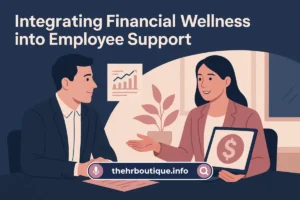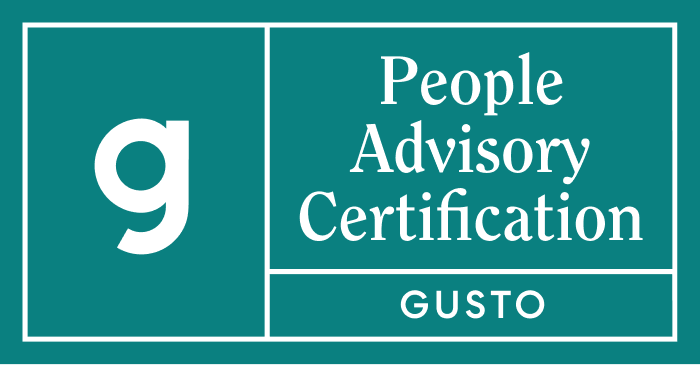Let’s be real – we’ve all been on teams where:
- The meeting dominator won’t let anyone get a word in.
- The chronic procrastinator misses every deadline.
- The nitpicker derails every discussion with “but what about…
“Here’s what I’ve learned after 15 years in HR: The difference between a dysfunctional team and an all-star team comes down to understanding personalities. Not in a woo-woo horoscope way, but in a practical “how do we actually get work done” way.
Why Personality Awareness is Your Secret Weapon?
Remember that project that went off the rails last quarter? Chances are, it wasn’t because people were incompetent. It was because:
- The analytical thinker kept asking for more data while the action-taker wanted to move NOW.
- The big-picture visionary kept changing direction while the process-lover just wanted clear steps.
- The harmony-keeper avoided tough conversations until everything exploded.
Here’s the game-changer: When you understand these natural tendencies, you can:
- Stop taking work styles personally.
- Assign tasks that play to strengths.
- Prevent conflicts before they blow up.
“I used to think my detail-oriented coworker was micromanaging me. Then I realized – she wasn’t trying to control me, her brain just works differently. Total lightbulb moment.”
- Sarah, Marketing Director.
Personality Frameworks That Actually Help
1. The “No Test Needed” Observation Method
Before we dive into assessments, try this: at your next team meeting, notice:
- Who speaks first?
- Who takes time to process before responding?
- Who asks about people impacts vs who focuses on bottom line?
These simple observations tell you more than any test.
2. The Quick & Dirty DISC Breakdown
I’ve found DISC to be the most practical for workplaces:
The Driver (D)
- What they say: “Let’s cut to the chase”.
- Superpower: Getting stuff done.
- Kryptonite: Rushing important decisions.
The Influencer (I)
- What they say: “I’ve got this great idea!”
- Superpower: Energizing the team
- Kryptonite: Following through on details
The Stabilizer (S)
- What they say: “Let’s think this through”
- Superpower: Creating harmony
- Kryptonite: Avoiding tough calls
The Calculator (C)
- What they say: “Where’s the data on that?”
- Superpower: Preventing mistakes
- Kryptonite: Analysis paralysis
Making This Work in Real Life
1. The “Work Marriage” Approach
Pair opposites together intentionally:
- Big-picture thinker + Detail-oriented doer.
- Fast mover + Thoughtful planner.
- Risk-taker + Risk-assessor.
This creates natural checks and balances.
2. Meeting Hacks for Mixed Personalities
For status meetings:
- Let Drivers go first (they’ll get impatient otherwise).
- Give Calculators advance notice to prepare data.
- Check in with Stabilizers one-on-one afterward.
For brainstorming:
- Have Influencers shout out ideas.
- Give everyone 5 minutes to write ideas first (for the introverts).
- Assign Calculators to create evaluation criteria later.
3. The Feedback Formula That Actually Works
For your direct Driver:
“Here’s what’s working, here’s where we need to adjust, here’s the next action step”
For your sensitive Stabilizer:
Start with how their work impacts the team positively before suggesting changes
Common Pitfalls (And How to Avoid Them)
Mistake #1: Using personality types as excuses.
Fix: “I’m just being a Driver” isn’t a free pass to steamroll people.
Mistake #2: Forcing square pegs into round holes.
Fix: Don’t make your detail-loving accountant lead creative brainstorms.
Mistake #3: Overcomplicating it.
Fix: You don’t need to memorize types – just notice patterns.
The Bottom Line
At the end of the day, this isn’t about labeling people. It’s about:
- Recognizing that not everyone works like you do.
- Adjusting your approach to get the best from each person.
- Creating processes that work for humans (not robots).
Try this today: Pick one teammate and identify one way their natural strengths complement yours. Then tell them. Watch what happens to your collaboration.
What’s your biggest team personality challenge right now? The time you spend figuring it out will pay off tenfold in saved frustration.





